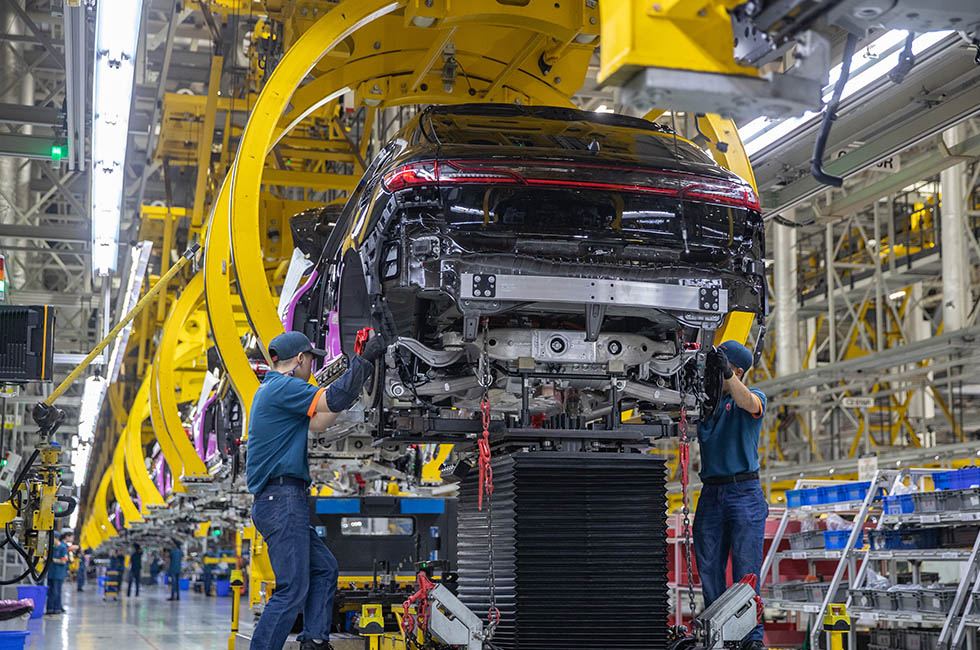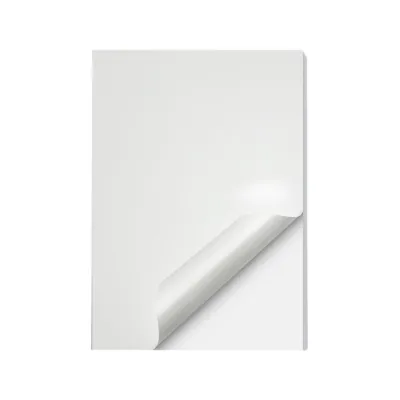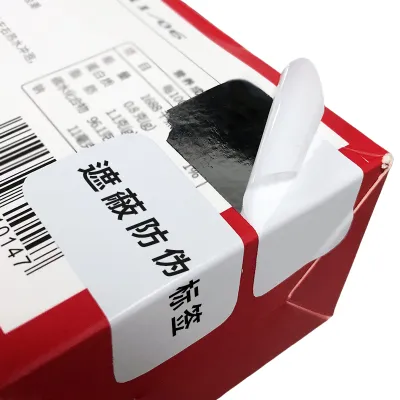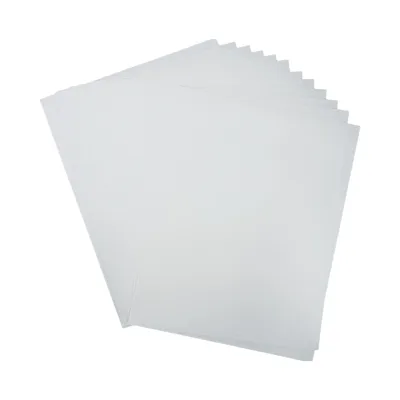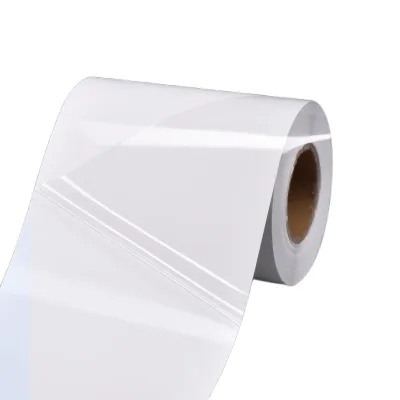The Application and Importance of Label Adhesives in the Automotive Industry Manufacturing Process
In the highly automated and refined manufacturing system of the automotive industry, label stickers not only serve as information carriers, but also play a crucial role in ensuring the production process, product quality, and the entire lifecycle management. From component traceability to vehicle quality inspection, from assembly instructions to after-sales maintenance, automotive-specific label stickers, with their professional performance and customized functions, run through the entire chain of automotive production, circulation, and use.
Main Types and Functions of Car Stickers
- Component identification stickers
Purpose: To mark information such as component names, models, batch numbers, and production dates, facilitating assembly and traceability.
Material: Synthetic materials resistant to sulfidation, high temperature and oil contamination (such as polyester, polyimide), suitable for harsh environments such as engine compartments.
Engine parts stickers, wiring harness stickers.
- Barcode/QR Code Sticker
Purpose: To achieve automated scanning and tracking of the entire data of components throughout the supply chain management and production process, from their entry into the warehouse to the final assembly of the vehicle.
Technical requirements: High-precision printing, ensuring scanning recognition rate (commonly using copperplate paper or synthetic paper).
- Safety warning sticker
Purpose: To alert about operational risks (such as high voltage, high temperature areas), operational procedures or maintenance precautions.
Specification requirements: Comply with international standards (such as ISO 3864 safety signs, DOT/ECE certifications).
- VIN code sticker (Vehicle Identification Number)
Purpose: Unique identification for vehicles, including information such as manufacturer, model, and year. It is a legal requirement.
Anti-counterfeiting feature: Utilizes tamper-proof materials (such as eggshell paper or laser-etched labels).
- Temporary process label
Purpose: Mark unfinished processes on the production line (such as "to be tested" "to be painted"), to prevent incorrect operations.
Core Performance Requirements for Car Label Adhesives
1. Adaptability to harsh environments
High temperature and humidity resistance: Using materials such as PET and polyimide with a temperature resistance of up to 150°C - 220°C, the stickers do not curl or deform during high-temperature processes such as automotive painting and baking; they have IP67-level waterproof performance and can adapt to humid assembly workshops and outdoor storage environments.
Chemical corrosion resistance: Resistant to erosion by engine oil, coolant, cleaning agents, etc., even when in contact with various solvents used in automotive production, the stickers maintain their integrity and clear information.
Ultraviolet protection and aging resistance: Special coating treatment, without fading or brittleness for 5 - 10 years under long-term outdoor storage or direct sunlight exposure, ensuring that the stickers remain legible throughout the vehicle's entire life cycle.
2. Super strong adhesion and long-term fixation
Strong adhesive system: Selecting high-performance adhesives such as acrylic pressure-sensitive adhesive and organic silicone adhesive, it can firmly adhere to different material surfaces such as metal, plastic, rubber, and glass, maintaining adhesion in alternating high and low temperatures and preventing sticker detachment.
Curved surface bonding technology: For complex curved surfaces of automotive components (such as engine blocks and wheels), the stickers have high flexibility and achieve seamless bonding through pre-forming design, avoiding bubbles and warping.
3. Multifaceted information carrying and safety traceability
High-precision printing and coding: Supports integration of QR codes, barcodes, and RFID chips, carrying information such as batch numbers, production dates, and production parameters, enabling full-process traceability; using UV digital printing technology, the text and patterns are clear, wear-resistant, and have a scanning recognition rate of 99.9%.
Anti-counterfeiting and tamper-proof design: Some stickers use VOID anti-counterfeiting materials, eggshell paper substrate, or anti-transfer glue. Once torn off, they will be damaged or leave marks, preventing labels from being illegally replaced and ensuring product authenticity.
Customlabel stickers processes and technologies
Printing technology:
Heat transfer printing: Suitable for high-resolution barcodes and text.
Laser printing: Used for anti-tampering VIN code stickers.
Material Selection:
High-temperature resistant stickers: Polyimide film.
Outdoor stickers: Coated PET, water-resistant and UV-resistant.
Special Process:
Anti-counterfeiting design (holographic pattern, serial number encryption).
Customized adhesive (strong adhesive type, removable type).
Application Scenario Examples
Production Line Management: Automatically assign assembly tasks based on scanned labels.
Quality control: Defective parts' sources are traced through batch labels.
After-sales service: The repair technician scans the VIN code to obtain the vehicle's historical data.
Future Trends
Intelligent Labels: Incorporate RFID technology to achieve wireless data collection.
Sustainable materials: Biodegradable stickers reduce environmental burden.
Conclusion
Automotive industry label stickers are an indispensable "information link" in intelligent manufacturing. Their performance and design directly affect production efficiency and compliance. Choosing professional suppliers (such as brands like Brady, Avery Dennison, OwnLikes, etc.) and customizing solutions can significantly enhance the precision management level of automotive manufacturing.

